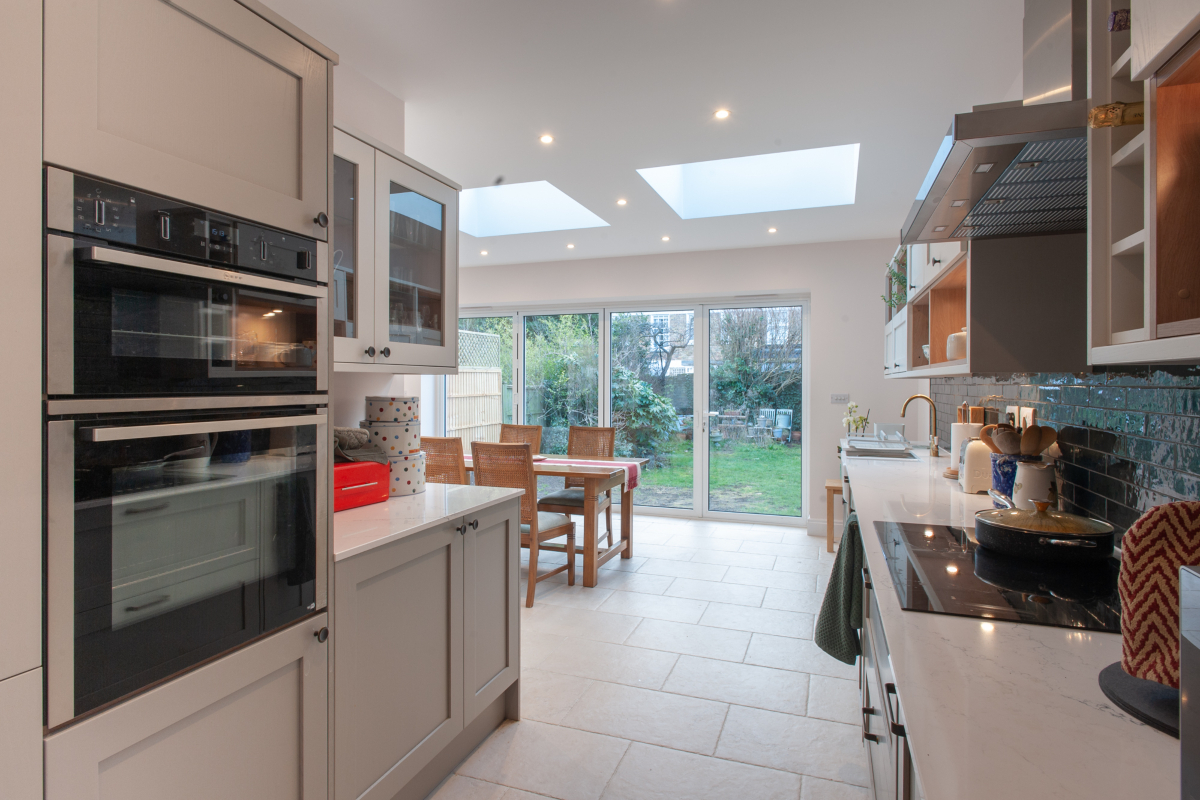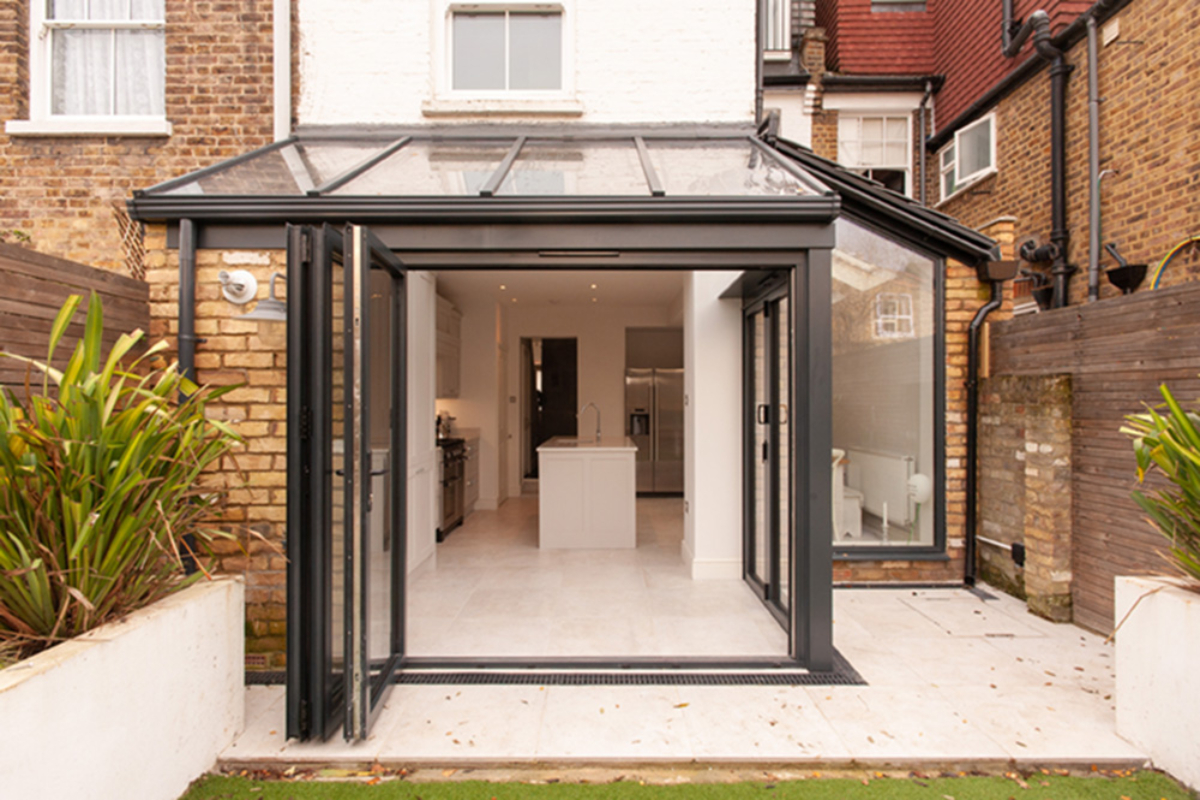With all the ways to extend your house, it is common to feel confused as there are so many options from ground floor to the top most roof space. One should actually be asking as many questions as you in their head when planning for any building work.
Out of the many questions, this article compares a loft conversion with a loft extension project in terms of cost, design, requirements planning permission and other pros & cons of the two building projects.
Inspect your house: what can fit in?

Alongside cleaning, there are many other things you need to keep a track of to keep your house and family healthy. Before emptying the attic to start any project, a complete inspection of the property is a mandatory safety precaution.
Make sure that the conversion or extension you’re planning to construct supports the walls and the ceilings. Check if the loft space is enough for conversion or would only be livable after extension.
For instance, your roof space has to be at least 2.2 metres in height to build a loft conversion and a loft extension needs planning permission.
Decide your design: shape the ideas?

Before you look at the cost, focus more on the purpose you want that extra space for. Think if you need more living space or a bigger kitchen or an extra bedroom. Maybe other trendy needs like study room, work area, gym, studio, cinema or probably just cleaning if you can’t see your chair. Giving a purpose to the extra space can make it a lot easier to execute.
Loft conversion is a cost-effective and suitable choice for a growing family. The loft space that accommodates old and heavy things can shelter an ensuite which growing teenagers can use very well as they grow out of the box room very quickly.
And if they don’t like it, you can certainly put it to use with the upcoming functions and visiting families or turn it into a work space for the future pandemics. If not, renting it out is another way to earn from it.
It is convenient for the kids and the house in general as converting loft space into a master suite increases house value by 20%, according to the Nationwide Building Society. You can simply recover the cost of conversion while re-selling the house and hence add long-term value with a smart investment.
If you cannot extend upwards or your ceiling cannot support a heavy structure on top of the house, a loft extension can be customised accordingly and should be your go to. It can be split into different levels and you can stretch in the directions you have space available.
Currently, extensions are visible on a majority of roof tops if you take a stroll outside. You can almost flatten out the slope and fit as many as two rooms with a decent-sized bathroom if you have enough loft space.
Select your budget: is it friendly?

Since all choices are limited by our budget, it should be decided at an early stage to avoid disappointment and risks while you cut short a few things at the very last minute. That is just as basic as planning your holidays, you don’t want to miss some good things because you didn’t think it through.
A loft conversion is quite affordable if you’re just looking for a room and also doesn;t require a lot of planning. In fact, a loft space is already half built. Hence, does not require a planning permission if building regulations are followed.
This saves you a lot of money as compared to the loft extension projects. The extension designs have to be approved by the Local Planning Authority before the construction can begin.
Additional price differs with structure of the ceiling, slopes, size and type of modifications required, insulation, plumbing, flooring and furniture. The more customised and complex, the more the building cost. For instance, if you want to have an ensuite, the bathroom will ask for plumbing and fixtures.
Average cost of any basic loft conversion would range somewhere from £10,000 to £12,000. For bigger conversions, extensions and special modifications, the budget often ranges between £21,000 to £40,000 based on your choices.
A loft extension can be an expensive yet worthy transformation if you proceed carefully. Though it will definitely take more time than a conversion because the process includes rebuilding everything from scratch. From laying the foundation, building walls, plastering, adding windows, fitting electrics, plumbing, insulation to the most important aesthetics.
Saving tips in such cases include a lot of windows and doors installation. It’ll help you reduce the building cost and enhance natural light in your living space.
So which transformation is better?

Well, the best transformation for your house depends on you, your building and all the above factors we discussed. There is not a single winner and everyone enjoys the extra space. Hence, upgrading a loft is a win-win situation in any case.
But if you look at the facts in terms of time, money & value, loft conversion is cheaper and quicker than an extension. You don’t need planning permission and can carry out numerous designs. But you have to leave some storage space and follow all the building regulations carefully.
Loft extensions are expensive and require planning permission, but its utilisation stretches to different levels, providing more space. And obviously, it adds more value to your property than a loft conversion.
You can book an expert consultation from our website if you’re still confused or compare the quotation of the two different projects to see it in depth.




